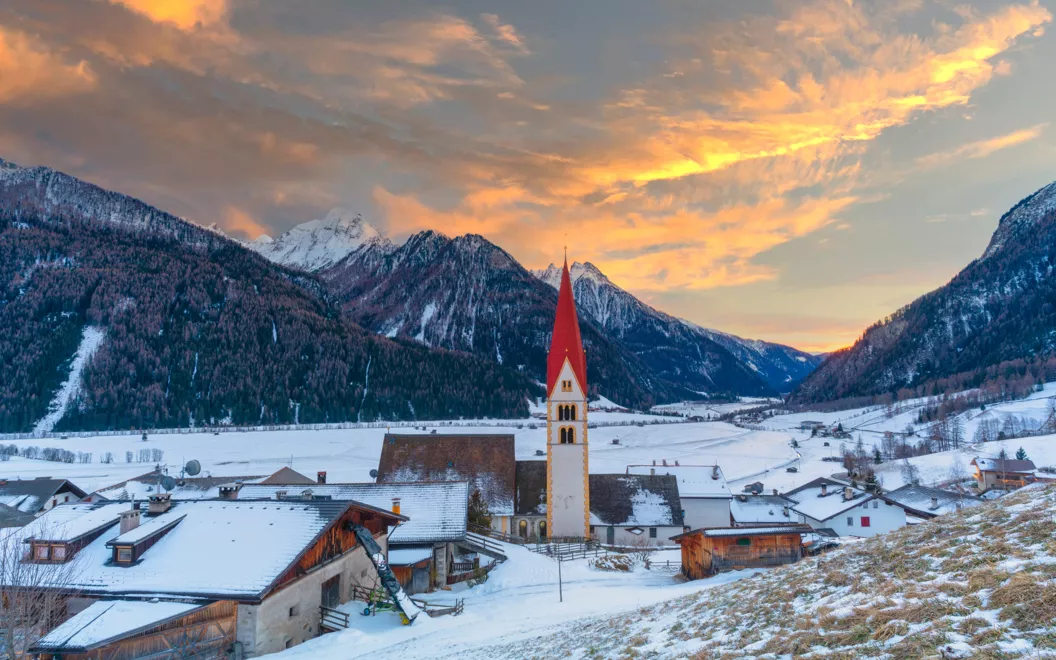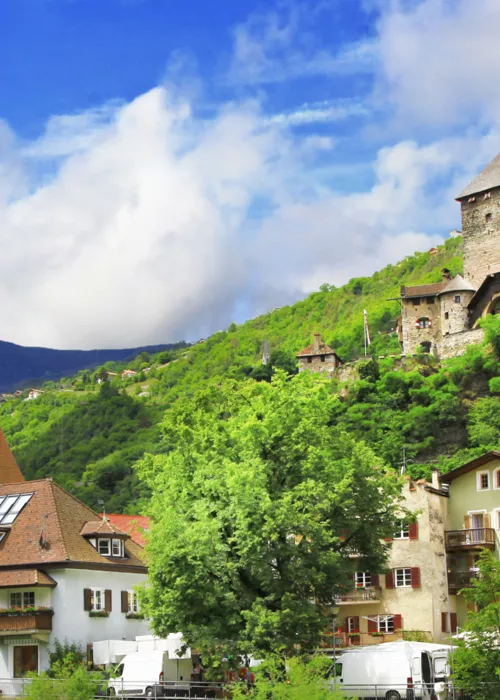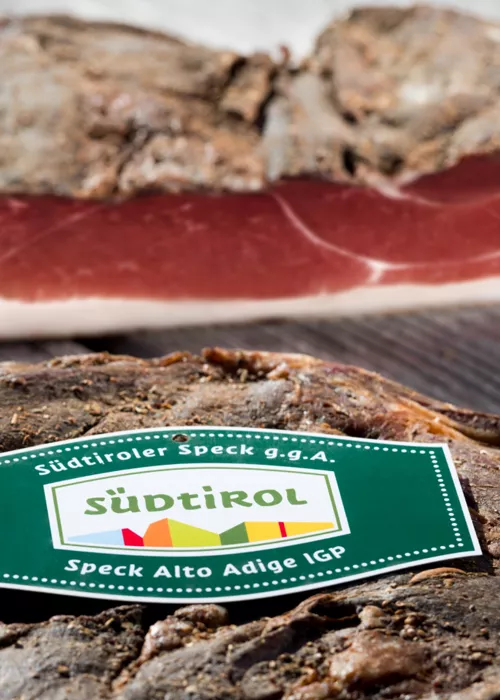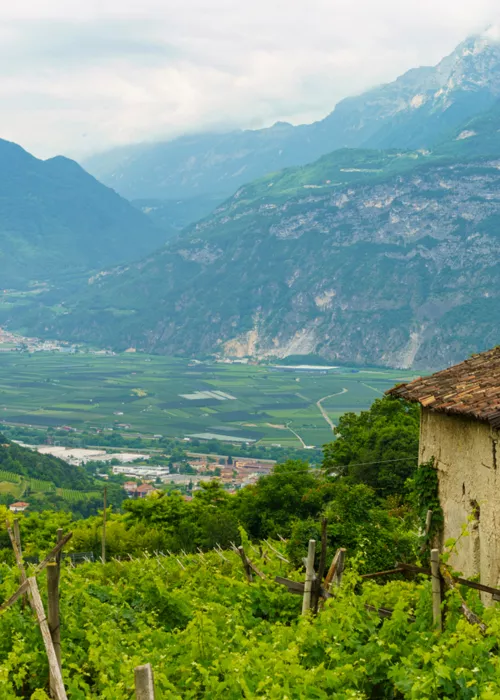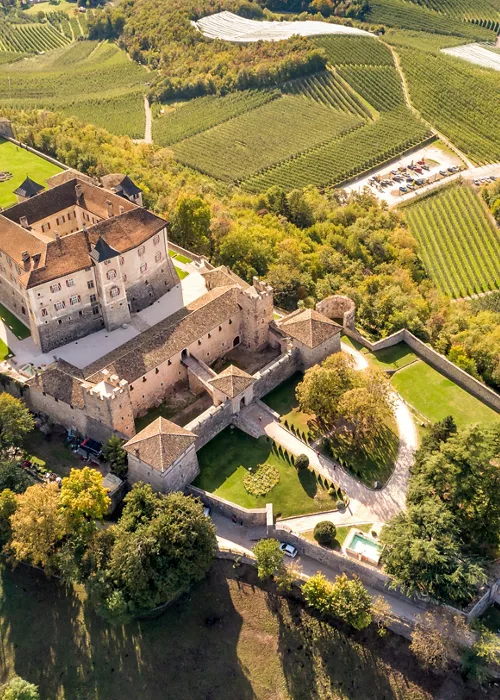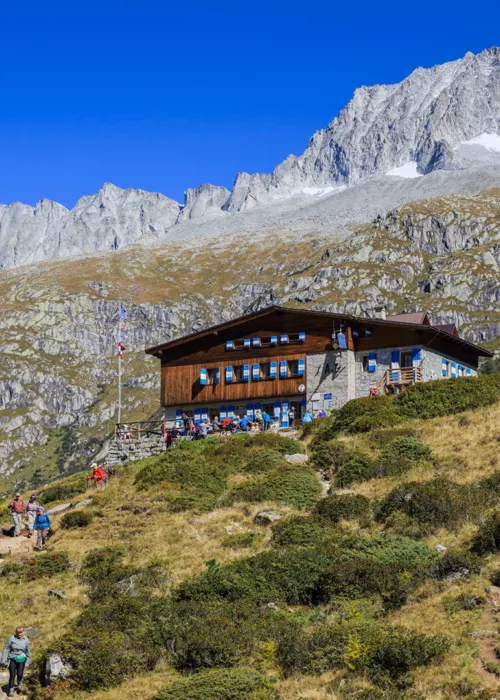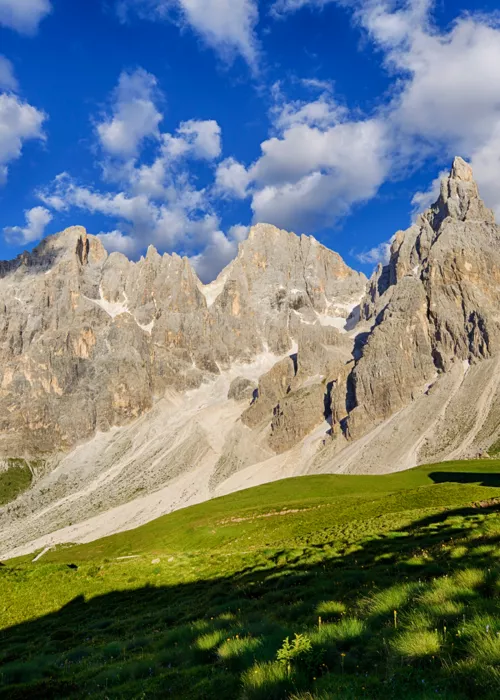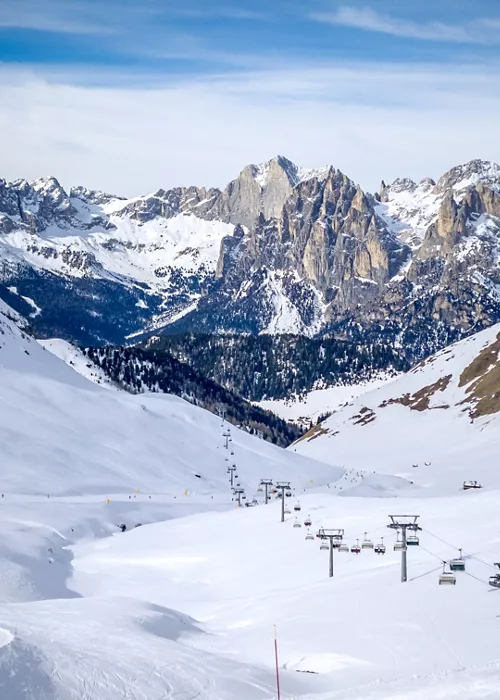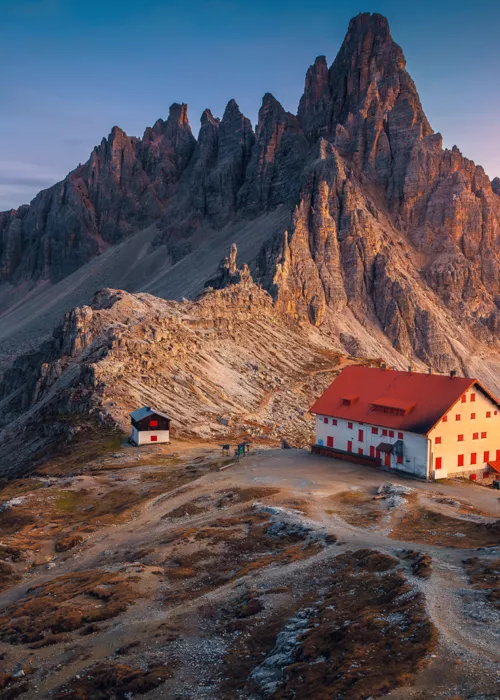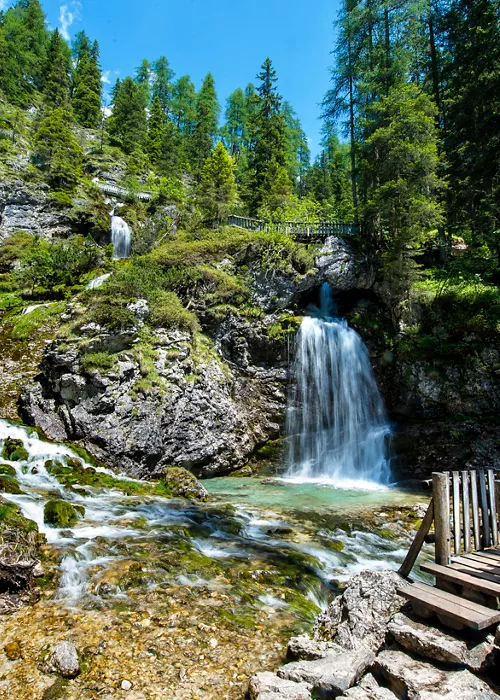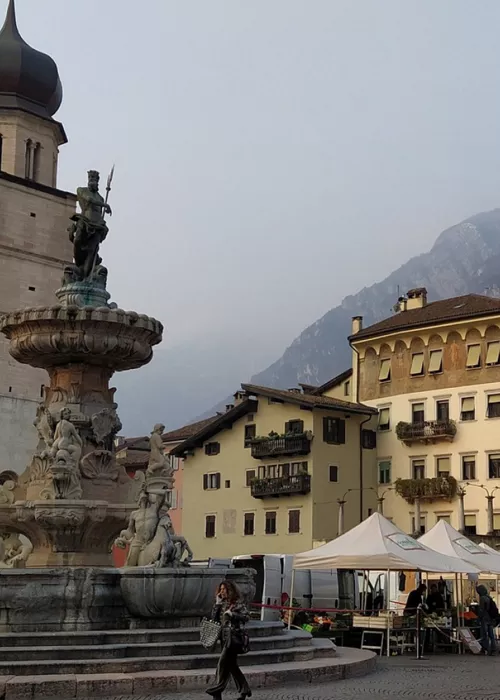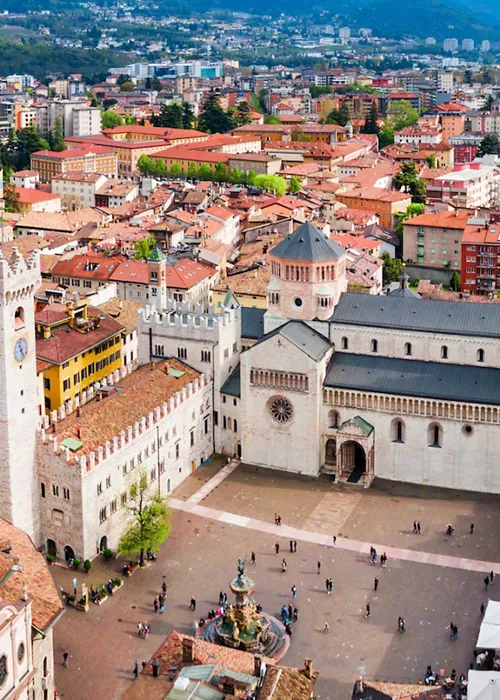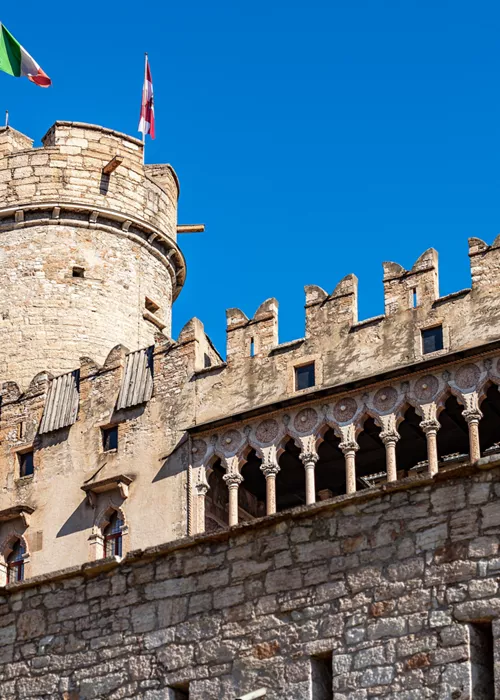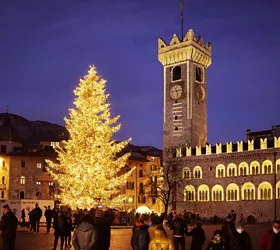Trentino-Alto Adige, all the flavour of the mountains, a world heritage site
3 minutes

The region's DNA is a blend of spicy and smoky aromas, a harmonic mixture with German and Austrian gastronomy.
You meet simple and tasty dishes that, especially in the South Tyrolean part, become richer in calories to balance the harshness of the Alpine climate.
Val di Non apples (such as Golden Delicious, and Red Delicious) are a way of life, as is the wine (and grappa), which through Trentodoc, Teroldego, Marzemino, Gewurztraminer, Enantio, Müller Thurgau, Lagrein and many more, expresses all the best of the culture and economy of this small, large region.
A sample of malga butter and you can move on to canederli, a typical first course of Trentino cuisine, made with bread, milk and eggs, spatzle, a different type of dumpling made with wheat and buckwheat flour, and schultzkrapfen (or roffoi), typical South Tyrolean half-moons, filled with spinach, ricotta and potatoes in the cold season, chives in spring.
For the main courses, choose the classic beef or veal sausages (batwurst) cooked on the grill or in broth or beer, served with a bread bun, found everywhere in the area (brezel), and a side dish of sauerkraut, without neglecting speck, the area's most representative cured meat, made from salted, flavoured and smoked pork leg, and the Trentino luganega (a long sausage), seasoned with garlic, salt and pepper.
Also try Fontal, a cheese made from alpine brown cow's milk, and finally the desserts. If the time is right, you can arm yourself with a goblet of mulled wine - a product of Central European culture, which has become a deep-rooted tradition in the region, with red wine, sugar and aromatic spices - and wander around the markets, sipping the hot beverage and nibbling on typical spiced sweets such as apple strudel, snow stars, stanitzeln, lebkuchen.
Discover the Eisack Valley between Klausen, Brixen and Sterzing.
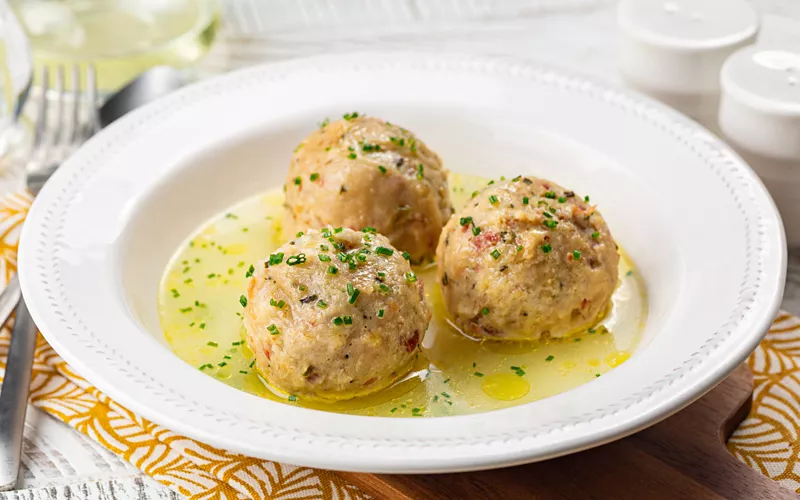
Reach the charming medieval town of Sterzing, the centre of the Wipptal, the Upper Eisack Valley, which extends into North Tyrol. You are in the motherland of yoghurt, known and appreciated in Italy and beyond the Alps, together with the other dairy products, milk, cream and butter, among them the exquisite spicy grey cheese.
You are also in the land of mountain herbs, patiently processed into high quality teas and spices, which you must absolutely try, as well as the tasty blueberry, strawberry and wild berry drinks, and honey, most famously the millefiori, made mainly from apple blossom and wild flowers.
In 40 km you arrive in Brixen, the northernmost wine-growing area in Italy, which produces special white wines such as Sylvaner, Kerner, Müller Thurgau, where you can taste in the autumn season the 'Suber', a sweet wine which has not yet been fermented, the 'Nuien', the new wine, and the 'vecchio', the wine of the previous year.
Before setting off again, stock up on dried porcini, among the best in the Isarco Valley.
Another 14 km and you are in Chiusa, where you can taste, in particular, chestnuts, plum strudel, and dumplings, also with plums.
Typical dishes
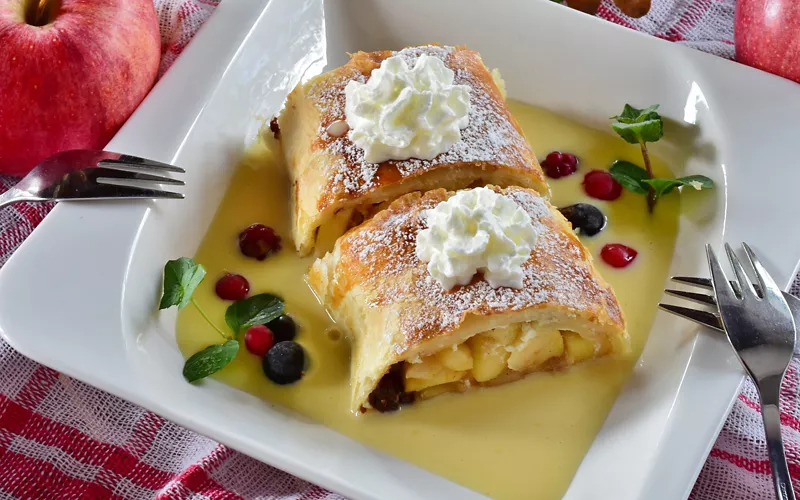
Canederli
Unmistakable and very tasty, these dumplings made of bread, milk and eggs, flavoured with speck, ham and cheese, belong to an ancient tradition (they are said to have been known since the 13th century). If you want to try your hand at making them, you must be skilled at forming balls of about 8 cm from the dough, which you throw into boiling water and season with broth or melted butter and speck.
Apple strudel
Did you know that 'strudel' means vortex in German? It is certainly a whirlwind of flavours of this cake, a symbol of South Tyrolean (but also Friulian and Venetian) pastry, with a long history, going all the way back to Turkey, to the time of the Ottoman Empire. Don't miss this delicacy with a dough almost always filled with apples, sultanas softened in rum, walnuts or pine nuts, cinnamon, sugar and lemon.

